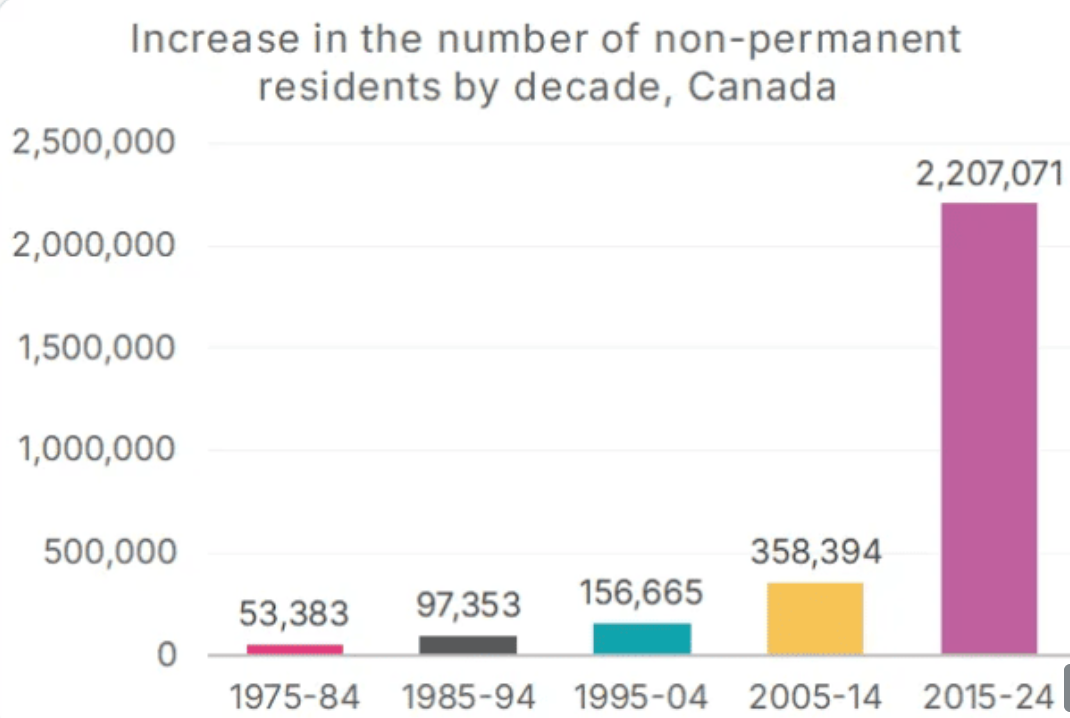Canada’s Rental Crunch: More Than Just a Supply Issue
Why 2.2 million non-permanent residents changed the housing landscape

So what happened?
The short answer: demand exploded, but supply didn’t.
Canada’s rental stock hasn’t grown at the pace needed to accommodate this wave of newcomers. Purpose-built rental construction has lagged for decades, leaving a significant gap in available housing. With vacancy rates at historic lows and affordability stretched thin, pressure built fast.
Investors filled the gap—but not for the reason you think.
Contrary to the narrative that investors swooped in for quick profit, many entered the market to respond to a clear and growing need. People needed places to live—millions of them—and there simply weren’t enough purpose-built rentals to go around.
The result? Investors turned homes into rental units. Not because of speculation, but because the system wasn't delivering enough housing options. In effect, private landlords became the de facto rental supply chain.
The real issue: 2 million new renters, and nowhere to go.
This isn’t just a market problem—it’s a structural one. When you add 2 million new renters in less than a decade without building the infrastructure to support them, affordability suffers, competition spikes, and households are forced to compromise on space, location, or cost.
We’re seeing the impact in real time:
- Rent prices surging in major cities
- More families sharing homes
- First-time buyers pushed further out
- Immigrants and young adults stuck in limbo
What’s next?
Solving this crisis requires more than blaming speculators or tightening policies. We need a serious commitment to building rental housing at scale—and we need to treat rental demand as a permanent, growing part of our national housing strategy. We need to add more supply - that meets the current demand - but that is an important distinction. In order to meet the demand, we don't need more 1 and 2 bedroom condos. We need units with 3+ bedrooms, parking for 2 cars and higher density student housing closer to campus and transit.




